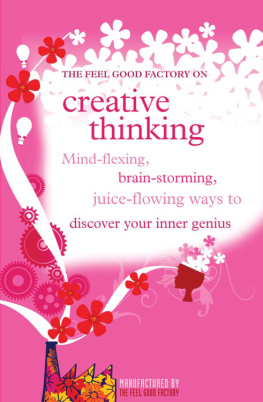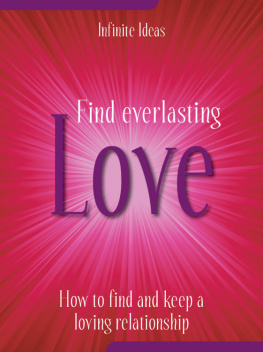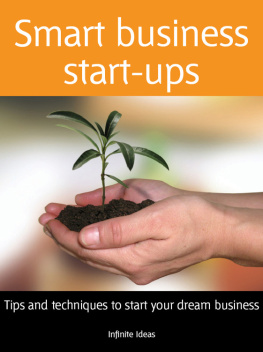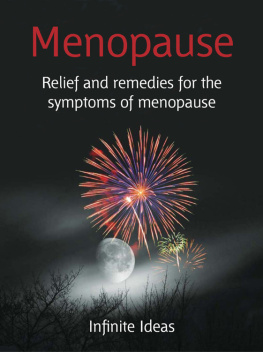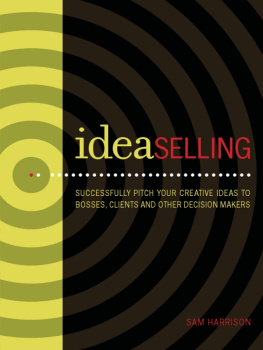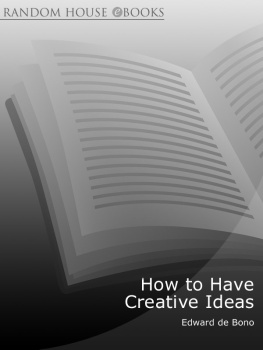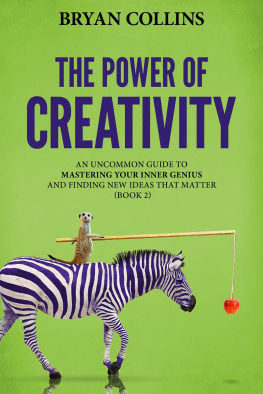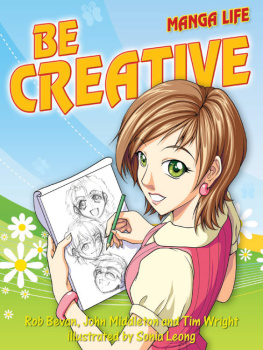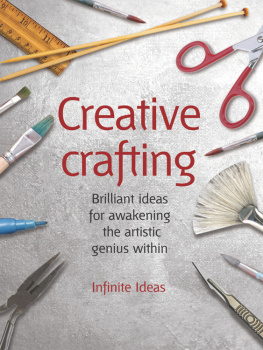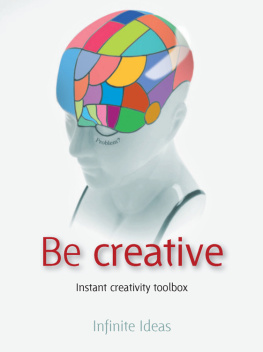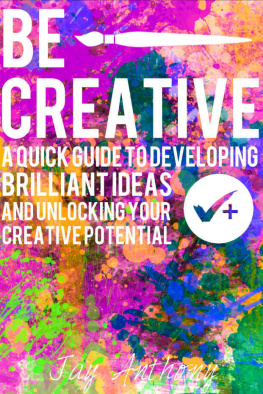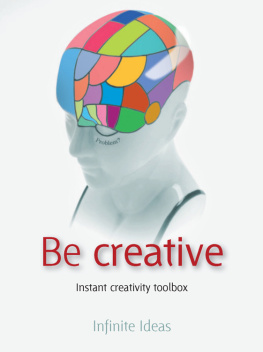Introduction
Anyone can be creative anyone. But creativity isnt easy. Its hard work and the ideas in this book will help.
It is more and more important, especially at work, to be able to think in a creative way. Creative thinking coming up with innovative ideas and effective solutions to problems is what makes an individual stand out from the crowd. For an organization, creative thinking can mean the difference between success and failure, between moving on and simply stagnating. And theres no room for the latter any more.
However, we can all be creative. We just have to relearn how.
Everybody begins life with the ability to play, to experiment. The trouble is that many of us forget that creativity has its roots in those childhood abilities and that growing out of them doesnt just stifle our inner child, it stifles our creativity. But creativity isnt childs play. Its hard work, or at least something we need to work hard at. Recognising that we need to apply the same discipline to our creative life as we do to what we normally think of as work is a big step towards becoming more creative. Knowing what we want to do and then what we have to do to make it happen is one big difference between adult creativity and childs play.
But if this is all beginning to sound like too much hard work, there are some great suggestions about how to make work seem more like play in this book. And there are some basic strategies for thinking creatively coupled with some new ways of looking at everyday tasks that most people dont think of as being creative at all, like research. It all comes down to how we make the most of that often-underused organ the human brain.
Sometimes being creative means being deliberately obtuse, doing the unexpected, surprising others and yourself, by seeking out the unfashionable and turning your back on your own successes. Sometimes creativity really is a force you can unleash. At other times it needs to be more deliberate, more controlled, like the precise application of the right tool at the right time. Organizing your creative toolbox is essential, and Creative Thinking will help you get those spanners in just the right place.
So if you are interested in making the most of your mental powers, if you suspect you might have been running on intellectual and creative autopilot for a while, and if you now want to squeeze a little more juice out of your brain and make a real difference, this is the book for you.
Do your research
Research sounds dry: long hours spent in a library or hunched over a computer screen. But thats not the whole story. Thats the kind of research that happens when you already know what youre doing creatively, and youre attacking your interest in an organised way.
But what research should you be doing when you dont know what youre looking for? The fact is that creative people are always curious, always on the lookout for new stimuli and therefore always researching in one way or another. Its important to develop a sense of curiosity about everything that confronts you. Be vigilant. Ask why a lot.
One easy way to engage in this process of constant research is to keep a camera handy and take photos of everything and anything that catches your eye. Another is to squirrel away little bits of information and intriguing bits of rubbish as you find them, building up a personal collection of seemingly useless and unrelated newspaper cuttings, website bookmarks, postcards, food packaging anything that catches your eye. This process is sometimes referred to as . And check out Pinterest (pinterest.com). You can collect things you come across online, like images or videos, and pin them to your virtual board, but thats not the end of it: its a content sharing site, so you can see what other people find interesting and inspirational.
But how do you know when something youve stumbled across is worth keeping, exploring or even incorporating into your creative output? And how can you tell when the rubbish youre rifling through is just rubbish? Frankly, you probably cant tell, not right away. You have to develop your own instinct and work on hunches
Always ask yourself this when youre picking up on something for the first time: how confident am I that the effort Im investing in X is going to be rewarded with some kind of creative output? In short, how excited do you feel about its creative possibilities?
Some intriguing items only need to be looked at once to be logged; you dont need to take things any further. But other sources of inspiration may require further inspection. Youve simply uncovered the first signs of a rich seam that you need to explore more thoroughly.
At this point, consider your mining techniques. Do you sift through things in fine detail or blast away at big chunks with a stick of dynamite? Both approaches are valid. Sifting gives you a good chance of picking up more nuggets that you werent expecting to find (and which may take you into a completely different area of research). Blasting may expose not just one seam but many, encouraging you to keep digging and not curtail your research at the first sign of success.
Whats important is that your collection can become an inventory of the things that interest you and consequently you are defining to some extent the scope and range of your work. Dont feel hemmed in by this and remember not to mine in the same place every time (if you do, either your seam will run dry or youll end up making the same discoveries over and over again). Youll still be able to synthesize your research materials in any number of ways, with magical results.
There are no problems
only solutions, as the saying goes.
In practice, this can often seem like another trite slogan. But there are ways of approaching problems that can be very helpful, ways which provide shortcuts and allow you to flex your creative thinking muscles.
Sometimes the problem with problems is that you dont know where to begin. It turns out that the big challenge is to define what the problem really is, so lets start with an example.
You work in a smallish office and its awash with clutter desks, chairs, computers, printers, filing cabinets, in-trays, coat-racks and the like. Its a terrible working environment; you can barely move around and finding anything is a nightmare. Finally, somebody brings the subject up at a team meeting. The problem, they say, is that we dont have enough space. Everybody agrees that more room is needed and the office manager promises to see what can be done. Predictably, theres no money in the budget for a move to larger premises and so nothing changes.
But what if events had played out slightly more creatively? What if the person who mentioned the chaos had said that it was impossible to be efficient when working in such cluttered and untidy conditions and asked what could be done about it. People would start coming up with ideas. How about reorganising the furniture? Or replacing the two-drawer filing cabinets with four-drawer versions, saving on floor space? Someone suggests a washing-up rota so mugs and plates dont hang around on peoples desks and so on. A taskforce is set up to push these changes through and within a matter of days productivity and morale has soared.
Slightly fanciful perhaps, but the point is that the way we define the problem has a significant impact on what can be done to solve it and, indeed, on how effective and long-lasting the implemented solution will turn out to be. The key to effective problem solving lies in stating the problem in words as clearly and as fundamentally as you possibly can (some people call this a Problem Definition Statement). It can often help to write it down, particularly if solving the problem could take a while. Depending on the nature of the problem, it can be useful to define the problem first in terms of a current state how things are right now and then a desired state how we would like things to be in the future.
Next page
